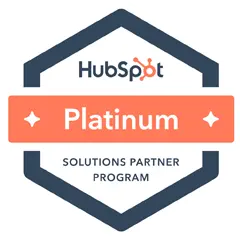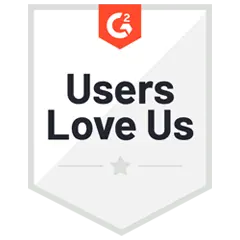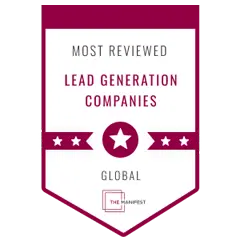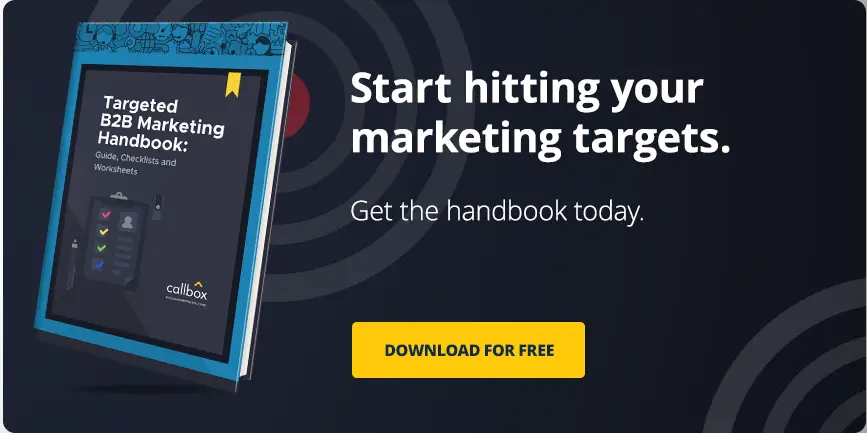Hyperlocal Advertising Works Well in Australia, Here’s Why
You can never go wrong with hyperlocal advertising. It might sound like nonsensical jargon that only the millennial clique would understand, but it is actually a real thing. Today as individuals and organizations are flooded with endless streams of information, it has become crucial for B2B businesses to improve the accuracy of their marketing campaigns.
Now, this would involve creating content that appeals to a specific group. But creating industry-specific content is just not enough to reach out to one’s target audience. Apart from budget requirements and industry affiliations, location is also vital in creating messages that engage the right people. To achieve this involves going hyperlocal in the way you create and deliver your content.
When was say “hyperlocal,” it refers basically to the geographic location of a target client. When this is applied to marketing, every effort to reach out to the client should come with knowing the prevailing culture and trends of the area.
It is safe to say that this approach is one way for marketers to bridge cultural (and of course, geographical) gaps that are separating them from their audiences. But the question remains, does it also work well for companies in Australia?
It certainly does. Location-based marketing is one way to locate clients and communicate with them in their terms. Companies in places like Perth and Brisbane, for example, can make use of location-specific content that would enable them to tap clients within and outside of Australia. It wouldn’t come as a surprise when a company in Melbourne is able to generate a lead in Darwin or in Toronto or even in Tokyo.
Aside from such a benefit, this approach can also deliver other advantages as well:
Understanding customer needs
Aside from knowing the location of potential clients, a location-based strategy also allows you to identify pain points, making it easier for you to generate content that would capture anyone’s interest.
For now, artificial intelligence will certainly remain as a relevant aspect of market research and lead nurturing. As client standards have become difficult to meet, enterprises will have to spend a great deal of effort and resources in understanding their needs and shaping their messages accordingly.
With hyperlocal marketing, analyzing audience preferences becomes easier since the culture of one’s location would help you better understand your audience. What’s more, it allows you to identify the extent of a location’s influence in decision-making, thereby enabling you to create content that with emotional and communal significance.
Related: Knowing the Different Buying Signals Will Make You A Better Salesperson
Making your engagements real and organic
Audience outreach has always been an important component in running a business, so it makes sense to do a good job at it.
By being able to analyze the dominant trends in your client’s hometown, you are actually putting your client first before everything else. Outreach efforts should always go this way, and hyperlocal content would definitely allow you to foster stronger and beneficial linkages with a potential client.
Relationships should always be organic, and what better way to express this basic fact than by using location as a way to relate to your audience. Brand loyalty is an obvious result of this, and indeed, companies that put a lot of effort in understanding their audiences are likely to achieve this goal.
Giving startups something good to work with
Startups, especially in the field of tech, will often make do with what little resources they have. Unlike the bigger fishes that dominate their industry, these seedlings are incapable of maintaining large-scale marketing campaigns, let alone implementing one.
Going hyperlocal, however, is a more practical approach in acquiring initial successes as an infant firm. With the minimal budgets that they have, startups can still create effective lead generation campaigns by focusing their resources on one location.
Expanding your reach
Hyperlocal campaigns do not only yield results in the locations where they are being implemented.
When an individual or an organization from a particular location is interested in a certain offer, you can bet your bottom dollar that this will open you to access more opportunities. Content aimed at a specific geographical group doesn’t only yield interest, but it also enables prospects to make referrals within their own networks.
When you tap someone based on their location, expect him or her to suggest your brand to a person in their Facebook friends list or a neighbor – who happens to be a CFO of a company that fits your audience preferences.
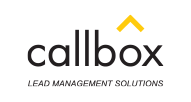

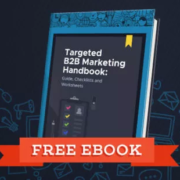
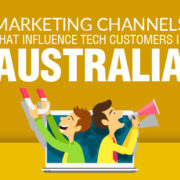
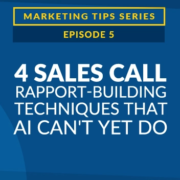
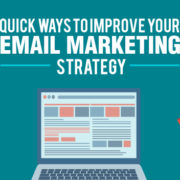
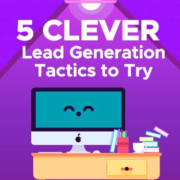





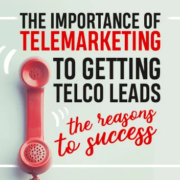

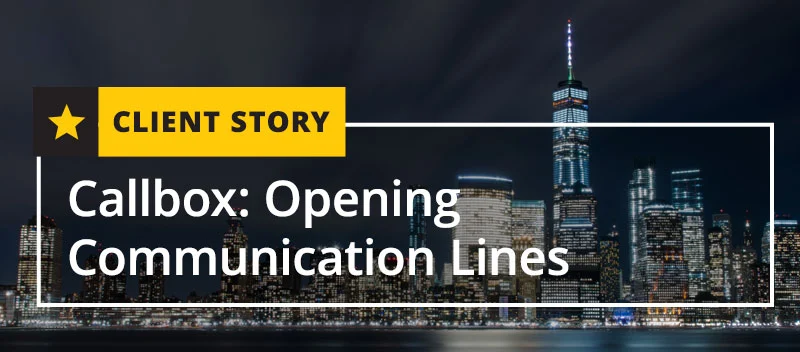

![A Visual Guide to Telemarketing Performance Metrics [INFOGRAPHIC]](https://www.callboxinc.com.au/wp-content/uploads/2018/03/A-Visual-Guide-to-Telemarketing-Performance-Metrics-INFOGRAPHIC-180x180.webp)





